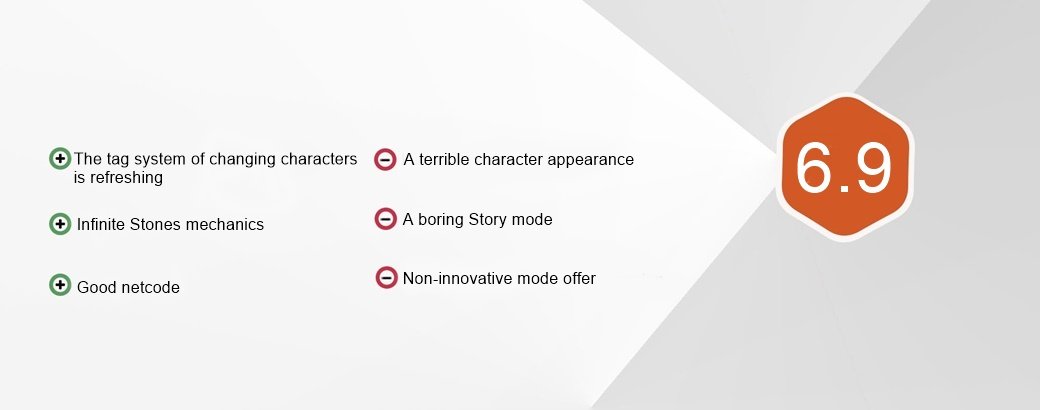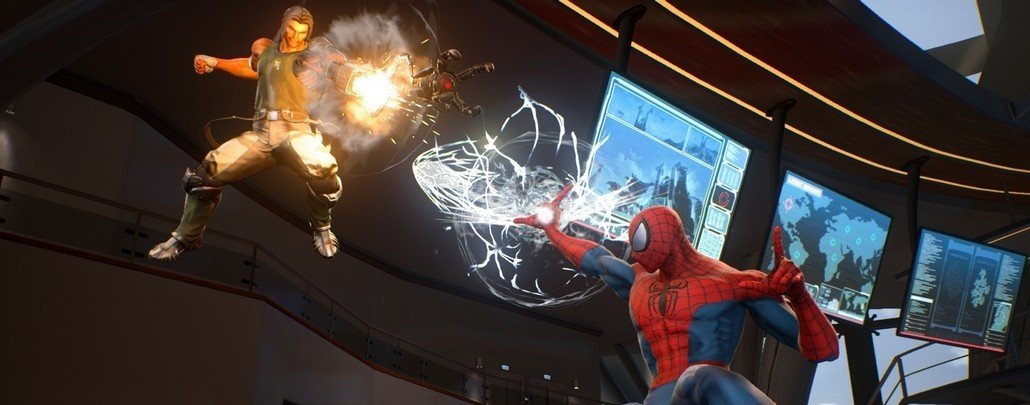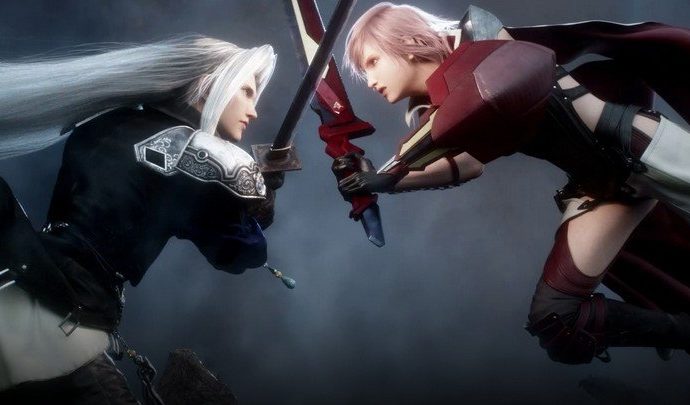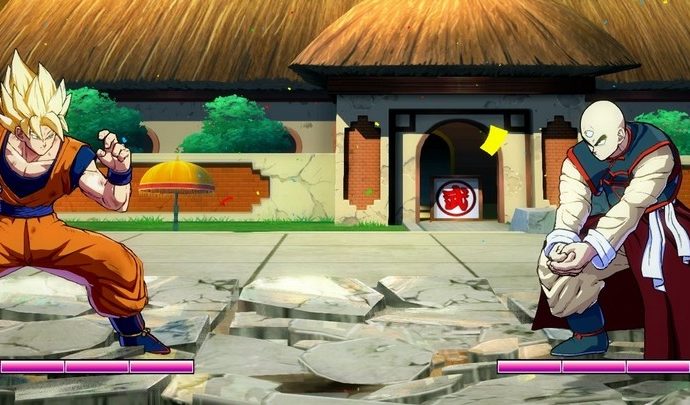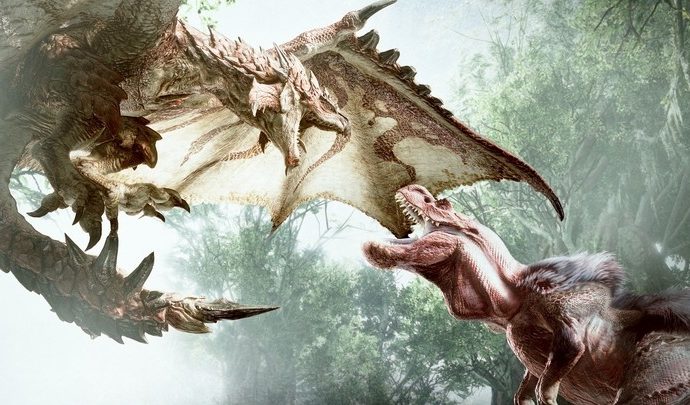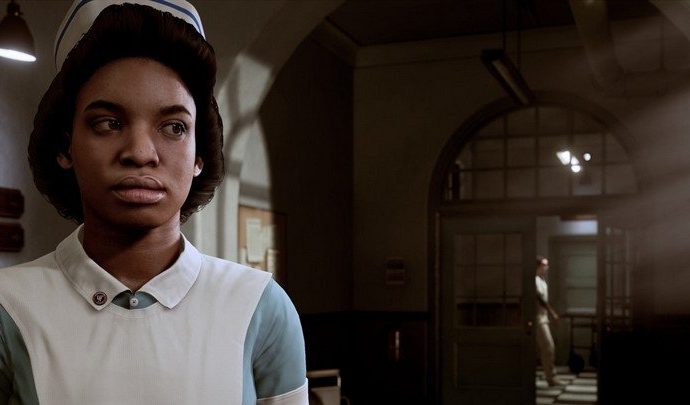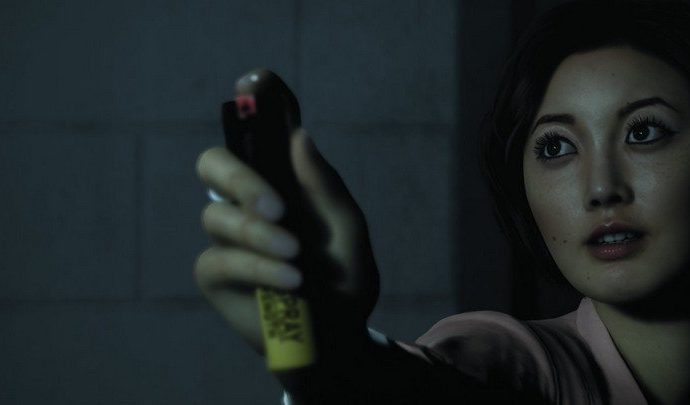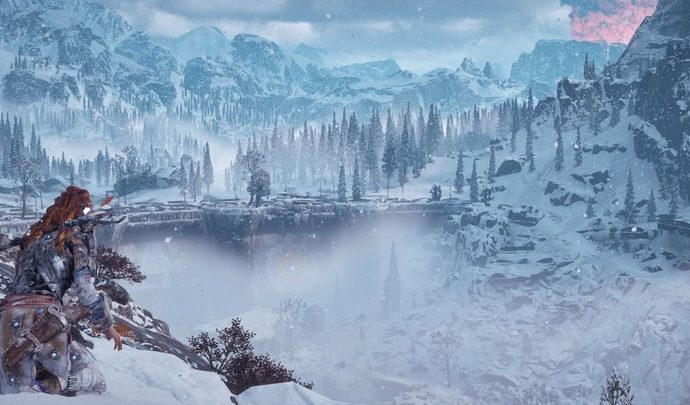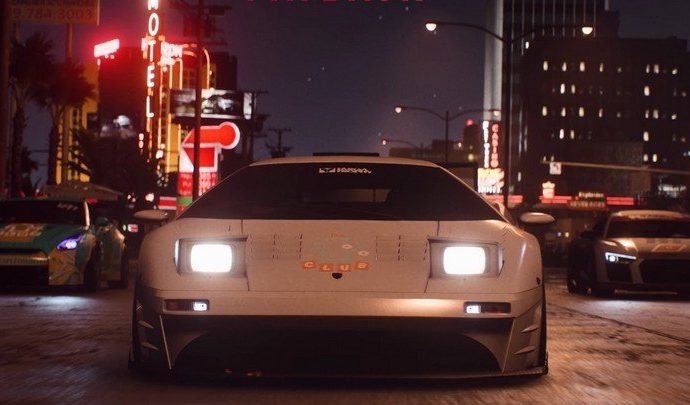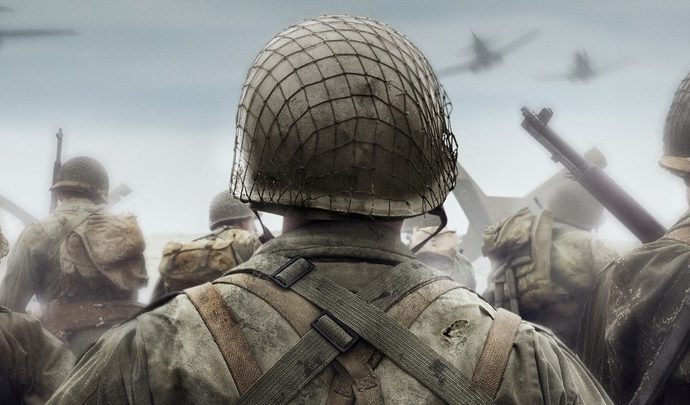A martial arts game series Marvel vs. Capcom has never had a huge impact on a general gamer collective as it was the case with Street Fighter, Tekken or Mortal Kombat. In a small group of fans of this genre, it had a cult status, and even today Marvel vs, Capcom 3 is an interesting game to watch at Evo tournaments, purely because of the fanatical amount of events on the screen, the insane character hits and the sick combo moves. However, Marvel vs. Capcom: Infinite does not even get close to the series precursor.
The beautiful, hand-drawn characters from the beginning of the series, or the cel shaded display of Marvel vs. Capcom 3 have always had an irresistible charm, especially in combination with a multitude of effects on the screen during a fight. Unfortunately, this has come to an end with Marvel vs. Capcom: Infinite. Infinite tried to turn to a more realistic display of the characters, but it ended up with a plastic pile of nothing innovative. I feel that the main culprit for this is Marvel Cinematic Universe that probably wanted faithful depictions of characters from its blockbuster titles for better promotion. Also, due to turning to modern characters from the Marvel movies, some of the legendary fighters from the past, like the X-Men, were completely thrown out of the rostrum, despite Wolverine, Magneto and other guys having been among the main players.
It should be noted that the game currently offers a selection between 30 characters, i.e 15 characters in each camp. It sounds like a big number, but if we look at its precursor, which initially had 50 fighters available, we feel a little robbed here. Capcom will probably fill it up with DLCs, paid ones, of course.
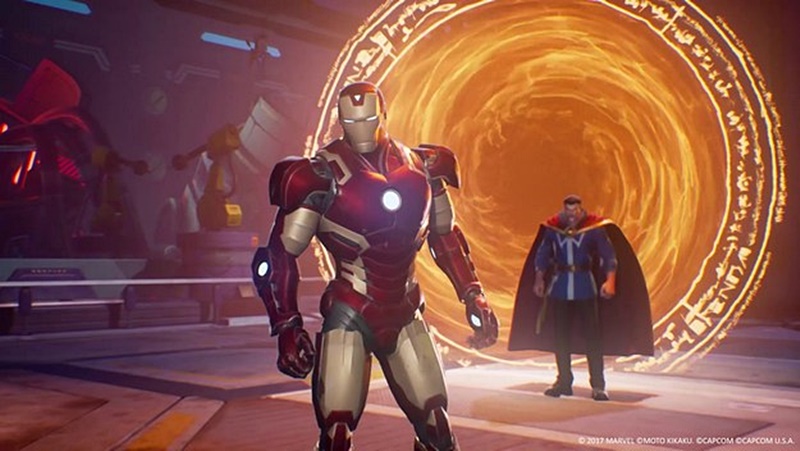
We would have probably crossed Marvel vs. Capcom: Infinite from our list of good games, wiped it out from the console and pretend that the final installment in the Ultimate series is Marvel vs Capcom 3, but Infinite has a terribly appealing gameplay and excellent combat mechanics. The previous 3vs3 fights have now been replaced by 2vs2, which significantly changed the way of fighting.
There is no longer a system of assisting the current fighter; instead, there is a Tag system that offers us to replace an active fighter from any moment and extend our combo. It will take some time for the series’ fans to get used to it, but the system brings countless opportunities to create a combo and juggle with an opponent. Just imagine the execution of an attack that shoots a projectile towards the opponent, changing the character and opening his guard before the projectile comes to it!
The approach to attack-combinations has also been altered, primarily to attract larger masses to the series. Some simple automatic one-button combos and special two-button attacks have been introduced, purely for introducing new players to the combat system. However, the experienced players will not be using such moves because they take a small amount of energy; instead they will turn to learning the long combinations that will create a ripple of hits on the screen.
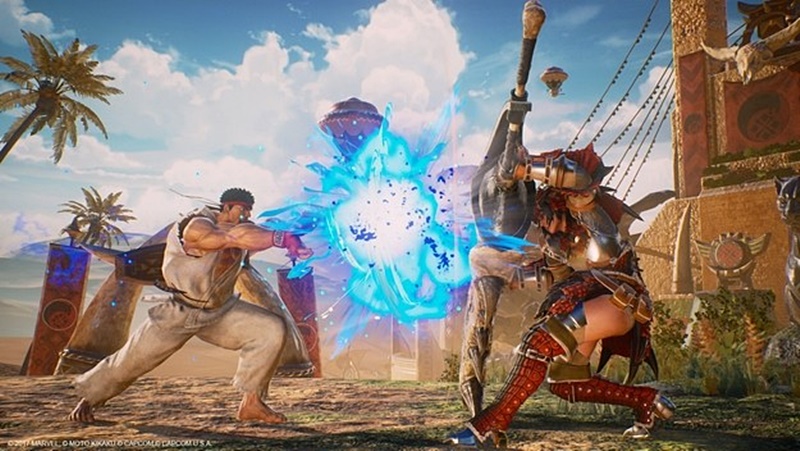
If you think this is good, just wait until you hear about a completely new mechanism called Infinite Stones. The whole system spans around six pieces of special stones – before each fight we choose one that will significantly affect our way of fighting and tactics towards the opponent. Depending on which stone we have chosen, we can run a different Infinite Surge attack; if you choose the Space Stone you can attract the opponent to your character, while choosing the Mind Stone can throw the enemy into a state of confusion and attack him with full strength.
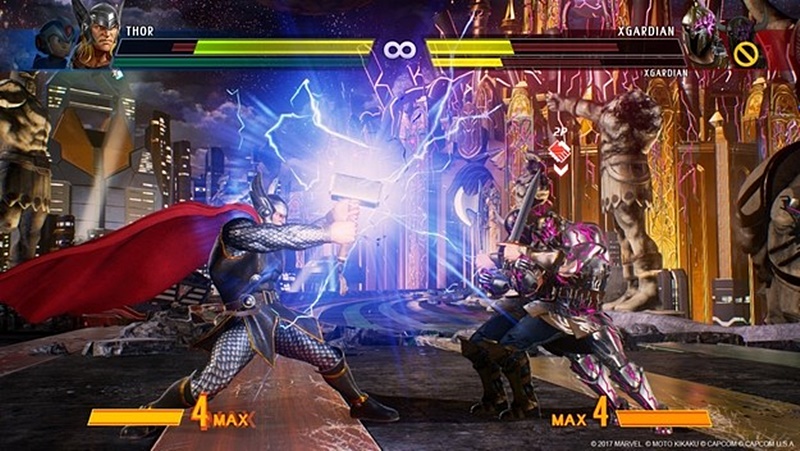
Each Surge attack fills an Infinite bar that can be activated to perform special Infinite Storm attacks that differ from stone to stone. These are pretty powerful attacks that have a significant impact on the course of the fight, as they can revive your fallen fighter or close the opponent in a confined space and limit his attacks.
If we look at the modes, we can say that they are the standard for the genre and that they do not bring anything new to the game. For local players there is an arcade combat mode and the Story mode that carries the story of uniting Ultron and Sigma to conquer the world. All we can say about the story is that we did not follow most of the animated scenes before the fight because of the monotonous story, bad jokes, terrible voice synchronization, and the long loading before the fight.
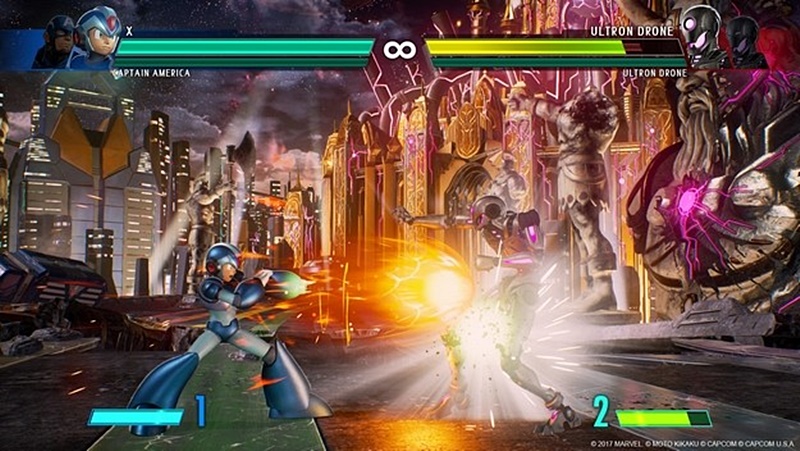
The tutorial system also does not shine through. It offers some mere basics and there is no good way to introduce inexperienced players to more complex attacks. On the online side we have standard rankings, unmanaged and lobby matches, which are expected, but nothing special or worth mentioning. Fortunately, at least their netcode is good and they can successfully join players with the same quality of network, which was a problem in the previous Capcom’s popular martial arts series.
All in all, Marvel vs. Capcom: Infinite turned out to be a weird mix of excellent fighting and everything else that is somewhat bad. The Infinite Stones and the Tag system have definitely contributed to the great dynamics of the fight, but the plastic appearance of the characters and a small variety of modes restrain this series within the narrow circle of competitive players.
